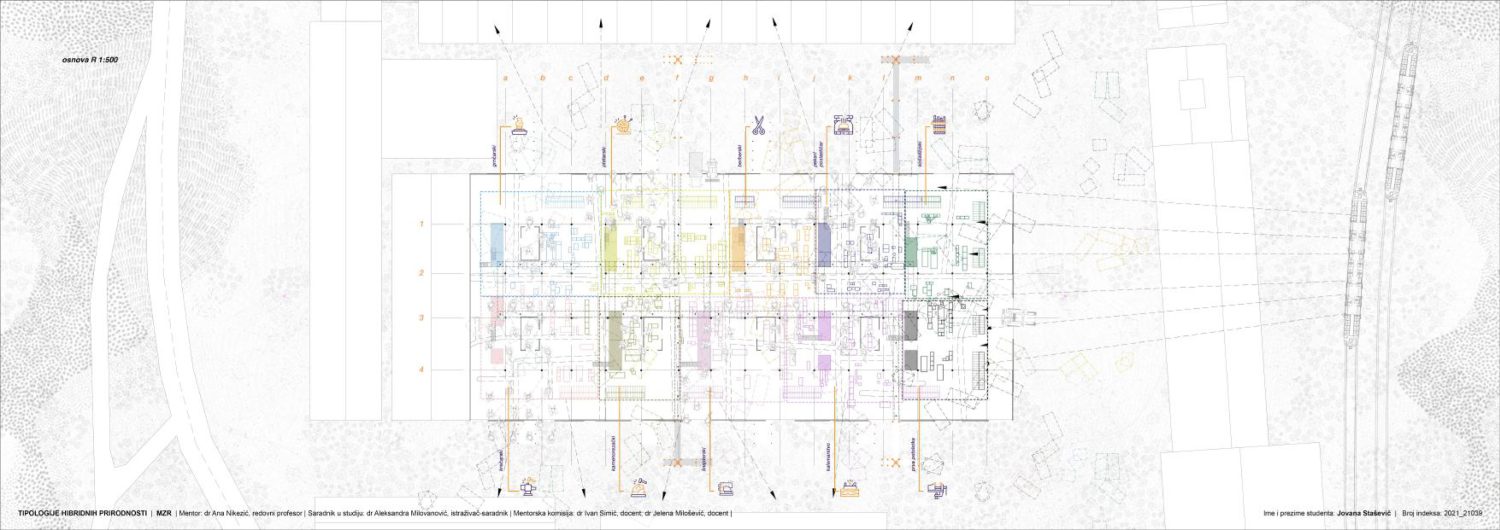Designing through the archeology of memory
Transformation of the abandoned industrial complex Prva Petoletka in Trstenik

This master's thesis deals with the interaction of memory and architecture, focusing on the design process through the archeology of memory and its application in the post-industrial phase of small towns.

The study aims to explore the concept of adaptive repurposing as a means of transforming and revitalizing the urban fabric, drawing inspiration from personal memories embedded in the built environment.

The research uses an analytical review approach to examine the complex relationship between memory and architecture. It explores how layers of collective memory can be used in making design decisions and shaping the evolution of urban spaces.

Delving into the archeology of memory, the thesis aims to unlock the untapped potential of forgotten narratives, neglected structures and abandoned places in post-industrial small towns.

The case study Prva Petoletka in Trstenik was used to illustrate how the integration of personal memories and historical layers can revive a decaying urban area.

Through an interdisciplinary approach that combines architectural analysis, historical research, and community engagement, this study seeks to propose strategies for restoring buildings that respect the past while addressing the present needs of small towns in their post-industrial phase.



The results of this research contribute to the growing field of memory-driven architecture and offer practical insight to those whose efforts are directed toward the revitalization of buildings.
This master’s thesis deals with the interaction of memory and architecture, focusing on the design process through the archeology of memory and its application in the post-industrial phase of small towns. The study aims to explore the concept of adaptive repurposing as a means of transforming and revitalizing the urban fabric, drawing inspiration from personal memories embedded in the built environment. The research uses an analytical review approach to examine the complex relationship between memory and architecture. It explores how layers of collective memory can be used in making design decisions and shaping the evolution of urban spaces. Delving into the archeology of memory, the thesis aims to unlock the untapped potential of forgotten narratives, neglected structures and abandoned places in post-industrial small towns. The case study Prva Petoletka in Trstenik was used to illustrate how the integration of personal memories and historical layers can revive a decaying urban area. Through an interdisciplinary approach that combines architectural analysis, historical research, and community engagement, this study seeks to propose strategies for restoring buildings that respect the past while addressing the present needs of small towns in their post-industrial phase. The results of this research contribute to the growing field of memory-driven architecture and offer practical insight to those whose efforts are directed toward the revitalization of buildings.
Keywords: memory, adaptive repurposing, post-industrialism, small towns